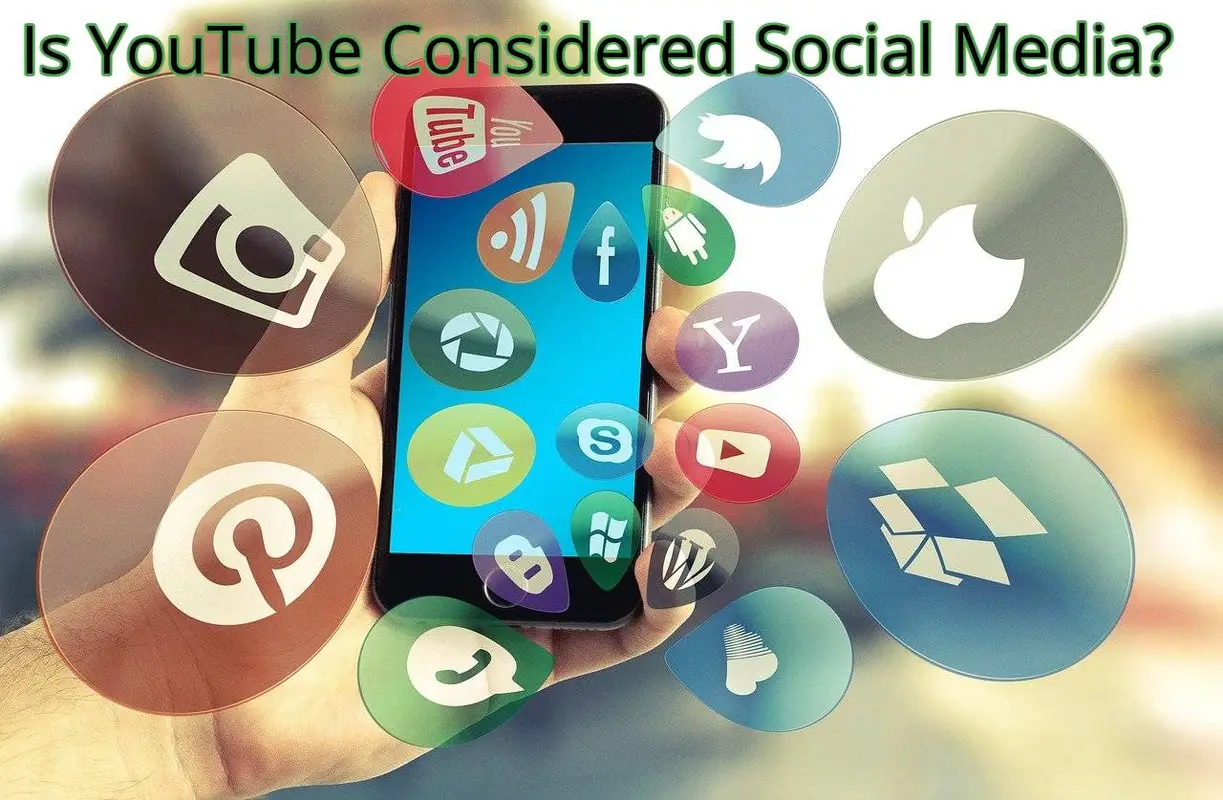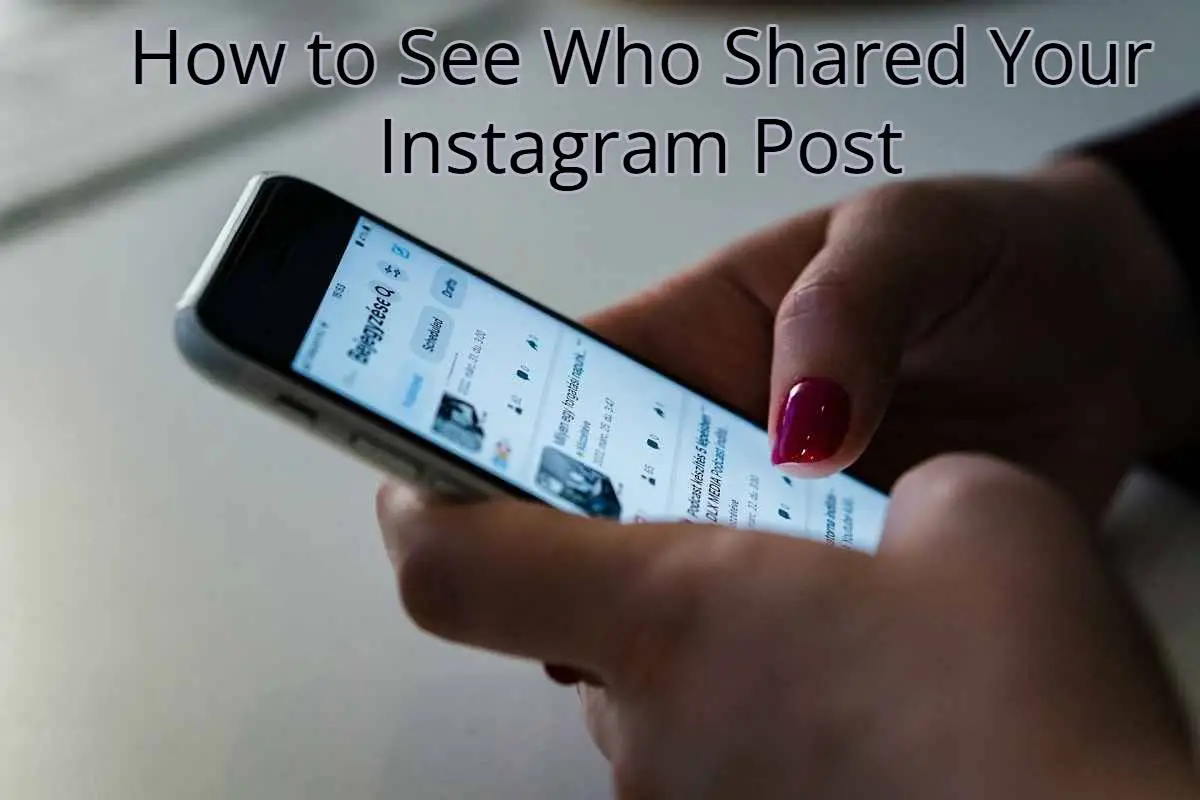In this modern era, the term “social media” has become so popular that one finds it being used as a synonym for the internet. Facebook, Instagram, Twitter, and TikTok are the only terms that come to mind when one hears the term social media.
What about YouTube, then? Is YouTube social media, or is it merely a video website? This blog looks at the details of YouTube, its nature, and if it is a social media or not.
What is Social Media?
Before getting into whether YouTube is social media or not, let’s figure out what social media is in the first place. Social media websites are online communities meant for individuals to interact, post content, and discuss things. The most fundamental aspects of social media usually are:
- User-created content: Users themselves upload and share their own text, videos, images, or posts.
- Interactivity: Users may like, comment, share, and respond to posts.
- Community building: Networks or groups are created on the basis of interests or goals.
- Discovery of content: Users can find content via recommendations, searching, or hashtags.
Referring to these criteria, let us discuss the characteristics of YouTube.
What is YouTube?
YouTube, founded in 2005, is an online video-sharing website that includes uploaded, viewed, and shared user videos. It is the world’s largest video-sharing website with over 2.5 billion monthly active users (as of 2024). YouTube has it all, ranging from entertainment, tutorials, music, learning, vlogs, and live streaming. Users range from passive consumers to business producers and large businesses. YouTube is also a key platform for producers to establish personal brands, provide insight, and gain earnings.
Is YouTube Social Media?
Let us discuss below:
1- User-Generated Content
Like conventional social media websites, YouTube relies considerably on user-generated content. Anyone with an account can upload videos, and thus it is a website where one speaks on behalf of themselves artistically or professionally.
2. Interactivity and Engagement
Interactivity is delivered by YouTube using a variety of mediums:
- Comments: Commenting and interaction by discussion and community participation.
- Likes and Dislikes: Opinion can be expressed by users by likes or dislikes.
- Sharing: Sharing of videos on other websites or by direct link.
- Subscriptions: Subscribing to the channels favored by the user, similar to “following” on other social networking websites.
- Live Chat: Online chatting for live streaming.
3- Community and Networking
Creator communities on YouTube often turn into intimate groups around individuals or topics. Audiences gather, comment, and back creators, forming online groups. Creators also network, forging network effects that permit interaction and reciprocal growth of audiences.
4- Content Discovery
The site’s sophisticated algorithm recommends videos as a function of viewer interest, watch history, and trending topic, as with the content discovery features on other social media sites.
5- Creator Economy and Influencer Culture
Many YouTubers are influencers, creating culture, trends, and advertising. This, as an influencer-driven phenomenon is a mature social media phenomenon in which self-branding and fan engagement are at the center.
YouTube as a Video Site, Not Social Media
Despite these social media-like features, others argue that YouTube is not so much a social media site. Here’s why:
1- Fundamental Emphasis on Video Content
In comparison to platforms like Facebook or Instagram, which are all about a mix of images, texts, videos, and other types of interactions, YouTube is all about video content nearly exclusively. Its interface and user experience revolve around viewing videos rather than general social interaction.
2- Less Social Interaction Than Other Social Media
Though comment and like are available on YouTube, its social features are less advanced than other websites.
The social interaction is more one-to-many (creator to audience) rather than many-to-many.
YouTube is distinct from Facebook or Twitter in that users don’t have any news feed where they post updates, ideas, or personal views and statuses.
User profiles are more content channel-oriented and less personal connection-oriented.
3- Less emphasis on Personal Networking
YouTube is less concerned with direct interpersonal relationships with friends or individual messages than other social media. The relationships become asymmetrical, in which fans inspire creators but do not necessarily converse peer-to-peer.
4- Algorithm-Driven Consumption Over Social Connection
Most users utilize YouTube for entertainment, educational, or informational reasons and not to make the site a social networking site in the classical sense. The site is meant for video and occasionally is an even more video-centric online streaming platform than a social network.
Hybrid Nature: YouTube as Social Media and Video Platform
The reality is that YouTube exists in a hybrid environment. It has the features of social media but remains video-based, and therefore it is a unique digital environment that cannot be accurately explained.
- As social media: It supports user-generated content, group formation, engagement, and creator-audience engagement.
- As video: It prioritizes long-form video content, passive viewing, and entertainment- or learning-oriented experience.
Most professionals today call YouTube “video social media” or “social video platform” in an acknowledgment of its dual nature.
Why It Matters?
Whether or not YouTube is social media has implications on how marketers, brands, creators, and users interact with it:
- For marketers: YouTube has advertising and influencer marketing potential but must be approached differently from text- or image-centered social media.
- For producers: Audience building involves video-making capability and engagement handling.
- For audiences: It is an experience of passive viewing with potential active participation.
- For researchers: With YouTube positioning, it is possible for online communication patterns and digital culture to be studied more easily.
The Future of YouTube: More Social or More Streaming?
YouTube remains in development. New features such as YouTube Shorts (short videos), community posts, live streams, and Stories are efforts toward building its social media features.
- YouTube Shorts is a rival to TikTok’s short videos, promoting viral, engaging content.
- Community postings enable writers to post updates, quizzes, and images, closer to regular social media.
- Live streams enable real-time interaction, further rooting social engagement.
Conclusion
Is YouTube social media, then? The response is yes — with qualifications. YouTube possesses all the hallmarks of social media in the form of user-generated content, interactivity, community, and networking. YouTube is a hybrid platform — a social media network half and a video-sharing service half.
The combination of the two made it one of the most influential and popular digital platforms in the world. Whether you are a viewer, creator, marketer, or researcher, having knowledge of YouTube as a hybrid platform navigates you through and capitalizes on its sheer strength in the digital landscape.




